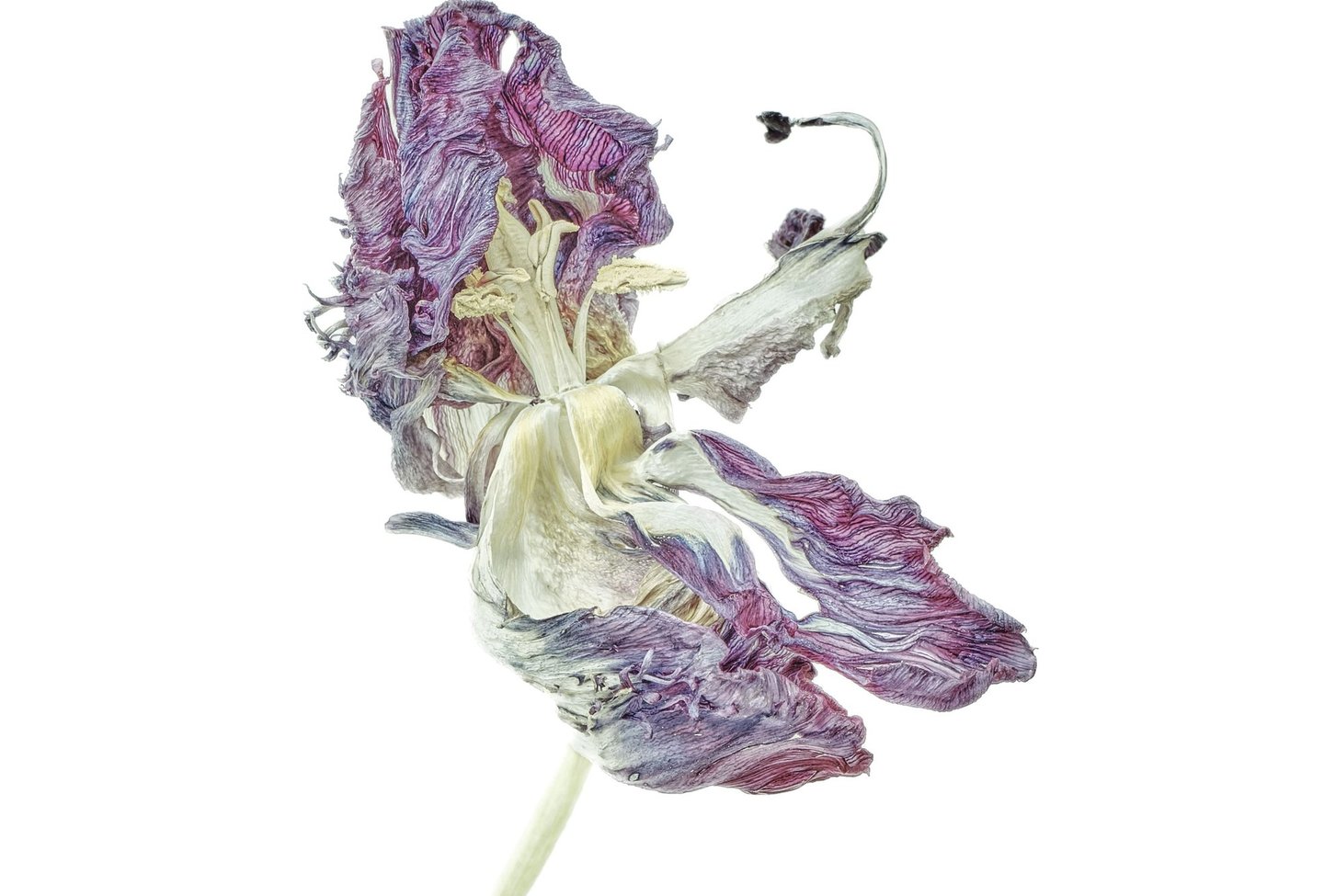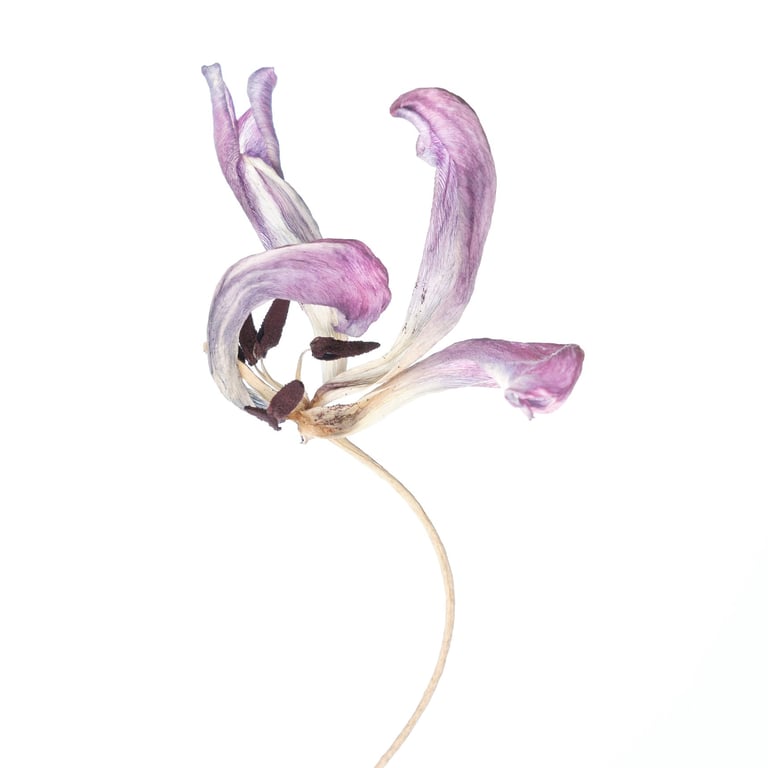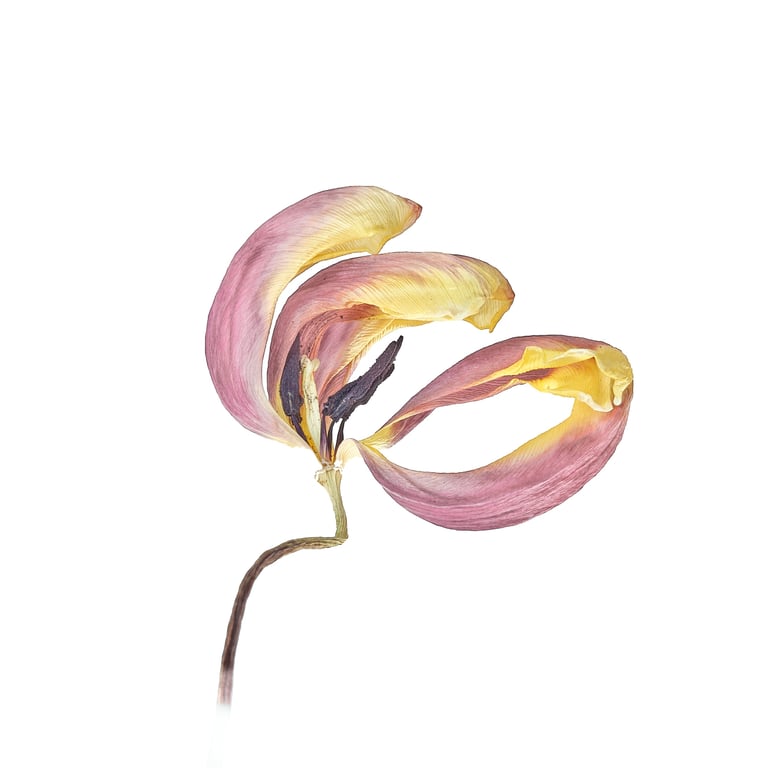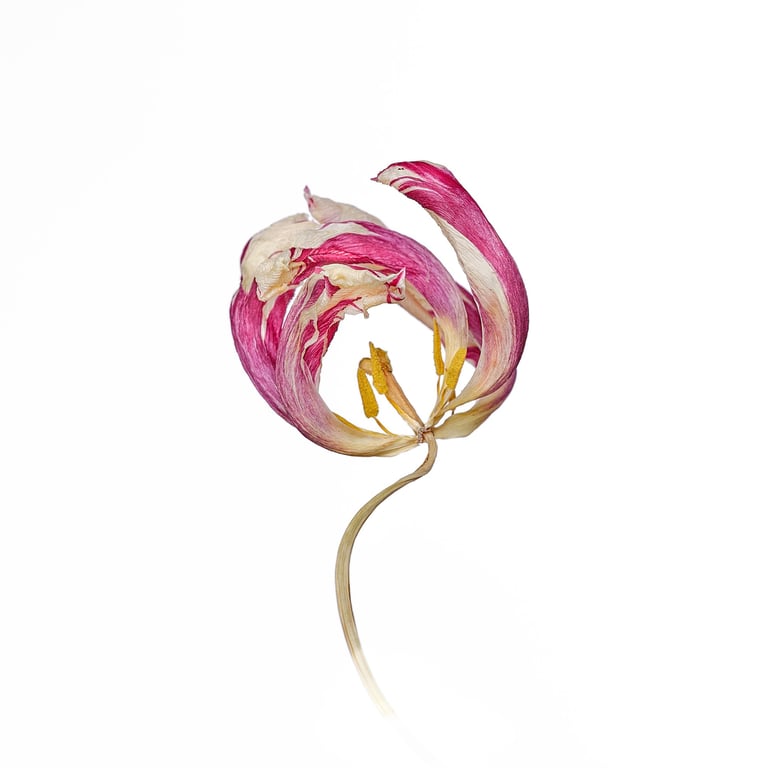memento mori


Memento mori is a Latin phrase which translates as "remember your mortality!" Its origins are in Medieval Latin from the Cluniac Reform, which came into being at the beginning of the High Middle Ages around 900 AD. The central thought was transitoriness (vanitas). The idea initially lost strength in the following centuries until it was revived in the middle of the 14th century due to the plague epidemic or Black Death.
In literature and art, the idea of the memento mori as a reaction to the horrors of the Thirty Years War and the resurgence of the plague reached its peak in the Baroque era. Numerous still life included symbols such as skulls, withering flowers, worm-eaten fruit, etc. to remind us of the transience of being. Reduced to an artistic motif, especially in still life, the memento mori can be found up until modern times as a non-religious pictorial element in works by Paul Cezanne, Salvador Dali, Man Ray and Andy Warhol, among others.
Seen in the light of the 2020 Coronavirus pandemic, the idea of a memento mori seems to be once again topical: images of refrigerated trucks storing the dead; videos of exhausted helpers from all over the world; photographs of completely isolated people in intensive care units. Each evokes associations with the image of humanity taken hostage and each one can be considered a memento mori in itself.






 (1)-02-YX490DvqMwS1gGBe.jpeg)
